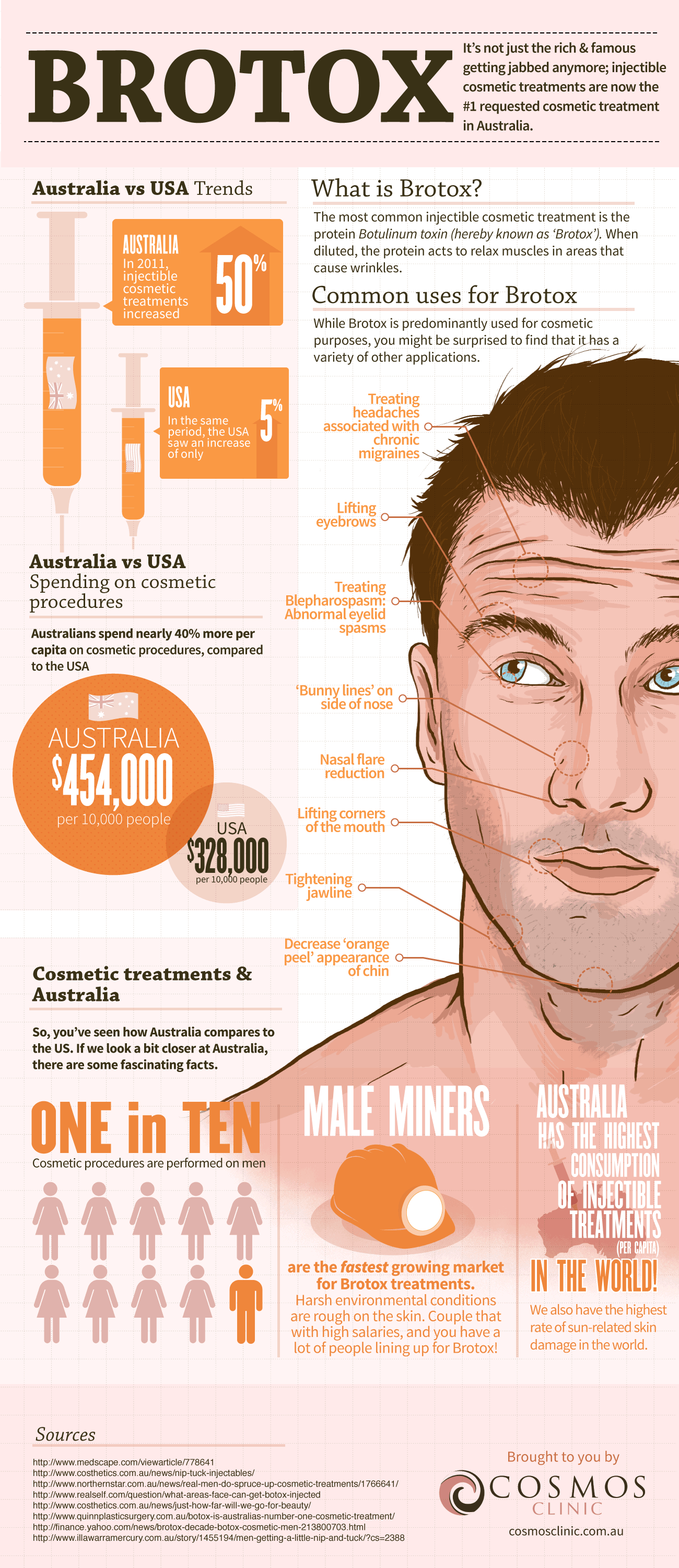Personalized Acne Skincare Routines
Personalized Acne Skincare Routines
Blog Article
Acne Therapy - What Are AHAs in Acne Therapy?
AHAs are an essential active ingredient for unclogging pore clogs and lightening up acne-prone skin. They function by breaking down dead skin cell build-up to advertise more recent, fresher cells, and avoiding future obstructions.
Creating topical AHAs requires precise attention to numerous crucial elements that significantly influence their effectiveness and tolerability. Preserving the optimal pH array, together with vehicle choice and concentration, intensifies their exfoliative qualities while reducing potential damaging reactions.
Glycolic acid
Glycolic acid is recognized for its moderate yet effective scrubing residential properties, which promote skin's all-natural dropping and loosen the "adhesive" that holds dead cells on the surface of the skin. This aids unclog pores and decrease the appearance of great lines and creases, as well as boost overall skin appearance and tone.
Remarkably, topical glycolic acid has likewise been shown to promote the production of collagen, which is important in preserving skin's suppleness and elasticity. It is important to keep in mind, however, that due to the fact that glycolic acid can stimulate the skin's level of sensitivity to sunlight, it is vital to use sun block when using any kind of products having this ingredient.
Skin doctors pay careful focus to the formulation of items containing AHAs in order to enhance their efficacy and tolerability. Developing AHAs with the appropriate automobile, along with pH and focus considerations, enables optimum skin penetration while decreasing potential negative reactions. This is especially critical for clients with delicate skin, because AHAs are recognized to be mildly annoying.
Lactic acid
Lactic acid is located in numerous over-the-counter skin care items and some more powerful professional peels and treatments. It has the most affordable molecular weight of all the AHAs and has the ability to penetrate deeper right into the skin, where it is extra effective at unclogging pores and exfoliating.
Like glycolic acid, it likewise boosts collagen synthesis, which aids diminish fine lines and wrinkles and boost skin appearance. Additionally, it has moisture-retention homes, that makes it preferable for drier skin kinds than other AHAs.
The comprehensive body of scientific information substantiating the efficacy of topical AHAs supports their utility in a variety of skin-related afflictions and aesthetic issues. These include complex skin restoration treatments, depletion of fine lines and wrinkles, lightening of hyperpigmentation, therapeutic intervention for actinic keratosis, and acne administration [2] Enhancing the formula of AHAs by stabilizing pH, focus, and lorry option further enhances their therapeutic potential. These cautious considerations allow skin specialists to provide risk-free and reliable therapies that supply premium professional outcomes.
Mandelic acid
Mandelic acid, stemmed from almonds, is an additional participant of the AHA family members and is a preferred active ingredient in items that aid deal with acne. Its bigger molecular dimension rejeron facial suggests it passes through the skin extra gradually and delicately, which can lower the possibility for irritability. It's likewise much less likely to set off redness and other skin sensitivity concerns, making it ideal for delicate skin kinds.
Mandelic Acid is thought to help reduce inflammation and boost hydration. It works by loosening up the bonds in between dead skin cells, permitting them to lose and expose fresher-looking skin. It likewise helps reduce the appearance of enlarged pores.
Formulating topical products with AHAs calls for an exact equilibrium of essential elements that considerably impact their efficacy and tolerability. Specifically, the pH of an AHA solution has actually been shown to play a crucial role in its ability to advertise peeling and improve skin tone and texture. Attaining this optimum concentration is a challenging goal and calls for careful interest to the various factors that influence the formula process.
Citric acid
Citric acid, found in citrus fruits such as oranges and lemons, is a light AHA. It's much less annoying than glycolic or lactic acid, making it more suitable for delicate skin. It likewise has astringent homes, helping to dry excess oil.
Like various other AHAs, citric acid can be utilized in chemical peels and daily active/maintenance therapies to scrub the skin and promote cell turn over. It can help in reducing the look of dark spots and hyperpigmentation, along with fine face lines.
It can likewise increase the synthesis of glycosaminoglycans, which play a vital function in strengthening the skin obstacle function. This aids to prevent trans-epidermal water loss, and keep ideal hydration levels in the skin [35]
AHAs can be integrated with soothing active ingredients such as ceramides or hyaluronic acid to improve their tolerability. They can be included into daily active/maintenance skin care through lotion or serum solutions. This allows professionals to tailor their AHA therapies based on person requirements and choices, with the versatility of picking from different therapy intensities or focus.